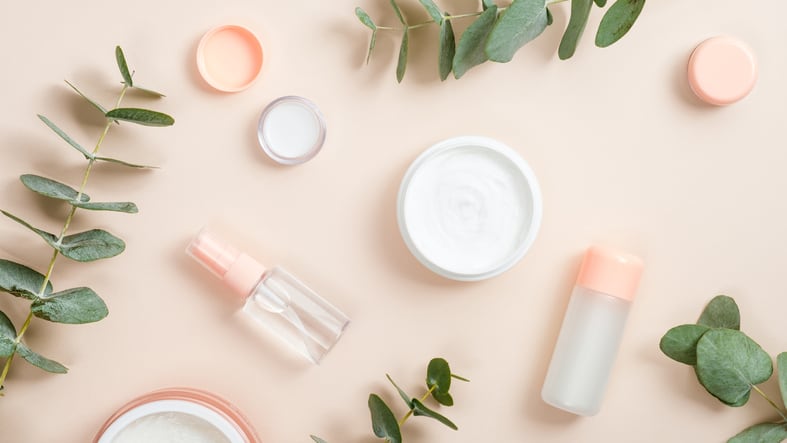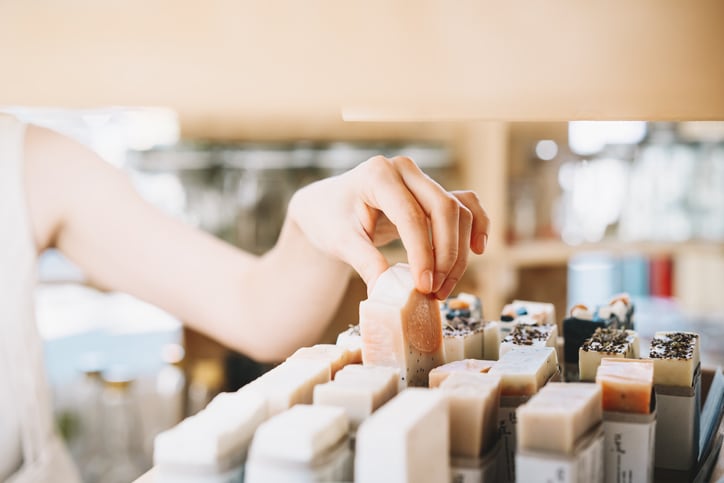Natural and natural origin ingredients continue to be widely used in the beauty and personal care space – by large and small brands alike – with many claiming ‘natural’ on pack or in marketing material. But as the world grapples with an environmental crisis, Dr Barbara Olioso, managing director of The Green Chemist Consultancy, said there was a need for the beauty industry to go further.
There is a ‘great concern about the environment’
“Natural is still a key word but I think sustainability is also there, because we know deforestation is taking place and the coral reef is being damaged. Beyond natural, there is also this great concern about the environment,” Olioso told CosmeticsDesign-Europe.
Consumers were concerned about products during and after use, she said – issues like whether SPF sunscreens would damage coral whilst swimming or whether a natural product contributed to plastic waste.
“I think younger consumers are very concerned about the environment, and they base their purchasing decisions as a result of that. There is obviously the performance too. So, the natural content might not be as important for the younger generations; it’s more about environmental impact and performance of the product.”

For the natural beauty industry, therefore, Olioso said “less is best” – using less natural and natural origin ingredients of higher quality. Industry ought to, also, prioritise green chemistry, she said.
“[Green chemistry] has massive potential because it takes very much into account the whole supply chain of the ingredient – it has a holistic approach.”
Green chemistry embodied sustainability in its DNA, she said, and was a “fantastic tool” for innovating and developing new ingredients that future-proofed cosmetics as more relevant and environmentally friendly and aware.
“…It’s not just a question of ‘is natural sustainable or not?’, it’s more about: ‘how do we make natural sustainable?’”
Moving beyond ISO 16128 natural and organic standard
The ISO 16128 Standard [Part I and Part II] for natural and organic cosmetic ingredients – enabling manufacturers to define and claim natural, natural origin, organic or organic origin cosmetic ingredient content – fell short from an environmental standpoint, Olioso said, because it only focused on origin.
“The ISO 16128 needs to be combined with other criteria for it to be meaningful, because the origin of [an ingredient] is not going to make a big difference.”
Asked what other criteria were important for natural cosmetics manufacturers to consider, she said: “You could think about end of life, green chemistry, biodegradability, aquatic toxicity. In my opinion, these are important criteria.” Beginning of life issues like deforestation and biodiversity were also important to address, she said.
The European cosmetics industry needed to find an overarching framework that considered all these environmental aspects in flexible and accessible way, Olioso said. “If you enforce all these all at once, who can afford it? There has to be some flexibility at the beginning, so we get to know and develop the system, then it gets easier and cheaper.”
Green claims substantiation – on the horizon for cosmetics?
Discussing the European Union’s current green claim substantiation initiative – which, if adopted by the European Commission (EC), would require companies to substantiate claims made about the environmental footprint of products – Olioso said it was clearly an attempt to “tidy things up.”

So, could it work? And could it, more specifically, work in cosmetics? “I’m concerned about their approach, because, by the look of it, they seem like they want to use lifecycle analysis, which is very expensive to do and depending on how many elements you have to analyse, it usually measures CO2 emissions and water consumption. It’s important to be more efficient with these resources, but it’s not just about that. I’m interested in end of life. What about the coral reef and SPF products?”
There was also the issue of being able to substantiate green claims without all the adequate data on raw materials, Olioso said. “With raw material suppliers, not all of them are supplying the data. It would be good to have data about the ingredients, then at least [manufacturers] can make an assessment and selection.”
The ingredients side of natural and green beauty, unlike packaging, remained “pretty complicated”, she said, and data – or lack thereof – remained the biggest challenge facing manufacturers.
“We need the data for ingredients and the transparency of supply chains so brands can choose according to their philosophy and they can tell nice, truthful stories to their consumers. We need more transparency; more data about the ingredients; and then let’s see what happens with this framework for green claims substantiation.”




